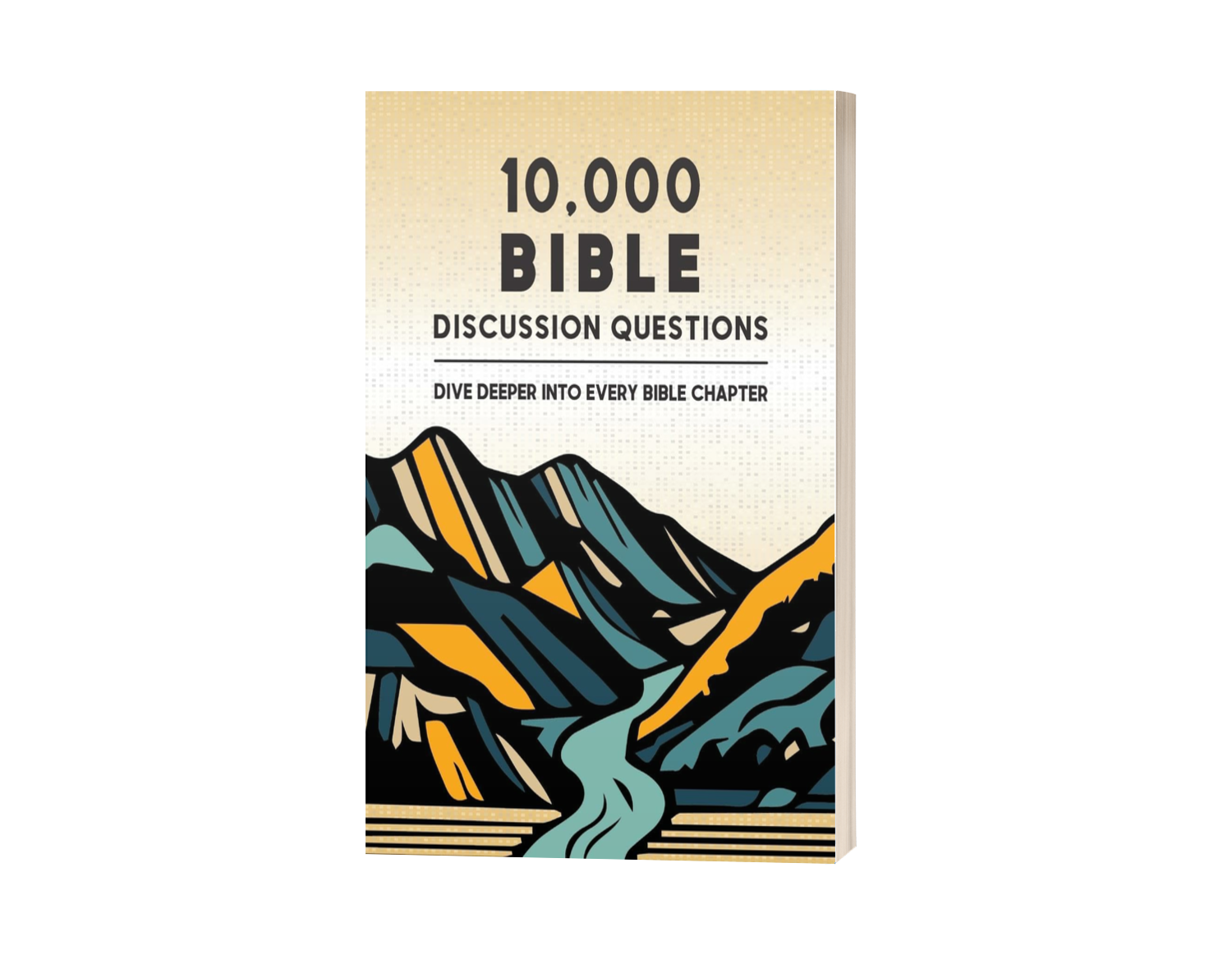Matthew Chapter 27 Summary
Jesus delivered to Pilate. Judas' remorse. Barabbas released in Jesus' place. The crucifixion of Christ. The entombment and sealing of the tomb.
Discussion Questions for Matthew, Chapter 27
- Why do you think Judas had remorse? What does his remorse ultimately tell us about his heart? Do you think his repentance was genuine? In John 17:12, Jesus calls Judas a “son of perdition” (HCSB). What does this tell us about Judas’ spiritual condition?
- How does God communicate to Pilate’s wife? Does God still communicate through dreams today? What does this teach us about God’s supernatural intervention in the affairs of people? In what ways have you seen God supernaturally communicate to you or those around you?
- What does it say about the hearts of the people that they were willing to sacrifice Jesus instead of Barabbas, the criminal? In what ways does this communicate a corrupt worldview of justice? How can you be a part of bringing biblical justice to the world around you today?
- Why do you think the soldiers so intentionally and cruelly abused Jesus? What does this say about the Roman Empire at this time? How does the suffering of Jesus before the crucifixion prove His commitment to the plan of salvation? How does this challenge you to pursue Jesus more?
- Why did “Simon” (HCSB) have to carry Jesus’s cross? What does this tell us about the physical suffering of Jesus? In what ways does this change your appreciation of the sacrifice of Jesus on the cross?
- How does Jesus’s willingness to endure all of this unjust suffering reveal the depth of God’s commitment to redeeming His people? What emotions do you think God experienced as He watched His son endure this agony? What does this teach us about our role when others around us suffer?
- Why do people want to see if “Elijah” (HCSB) will come in verse 49? What is the relationship between Elijah and Jesus, and how does Jesus connect the dots of the Old Testament prophets?
- The historical record of the temple curtain was that it was extremely heavy and extremely thick. What is the significance of the curtain being torn from top to bottom? How does this reflect the spiritual reality of the barrier between God and man?
- Why do you think “Joseph of Arimathea” (HCSB) was so willing to pay for the body and burial of Jesus? In what ways does this reflect burial customs of the time, and why were they important? How does the availability of Joseph's tomb fit into the broader narrative of the resurrection of Jesus?
- Why do you think the religious leaders were so fearful of Jesus’s body being stolen? What does that say about their confidence in their judgment and decision? In what ways does the historical record of the resurrection affirm or strengthen your faith in Jesus?

Key Words/Phrase
Crucifixion, vv. 1, 35.
Characters
God, Jesus, Pilate, Judas, Jeremiah, Simon, 3 Marys (v. 56), Elijah, Joseph, two malefactors.
Strong Verse(s)
22, 54 (b), 35.

